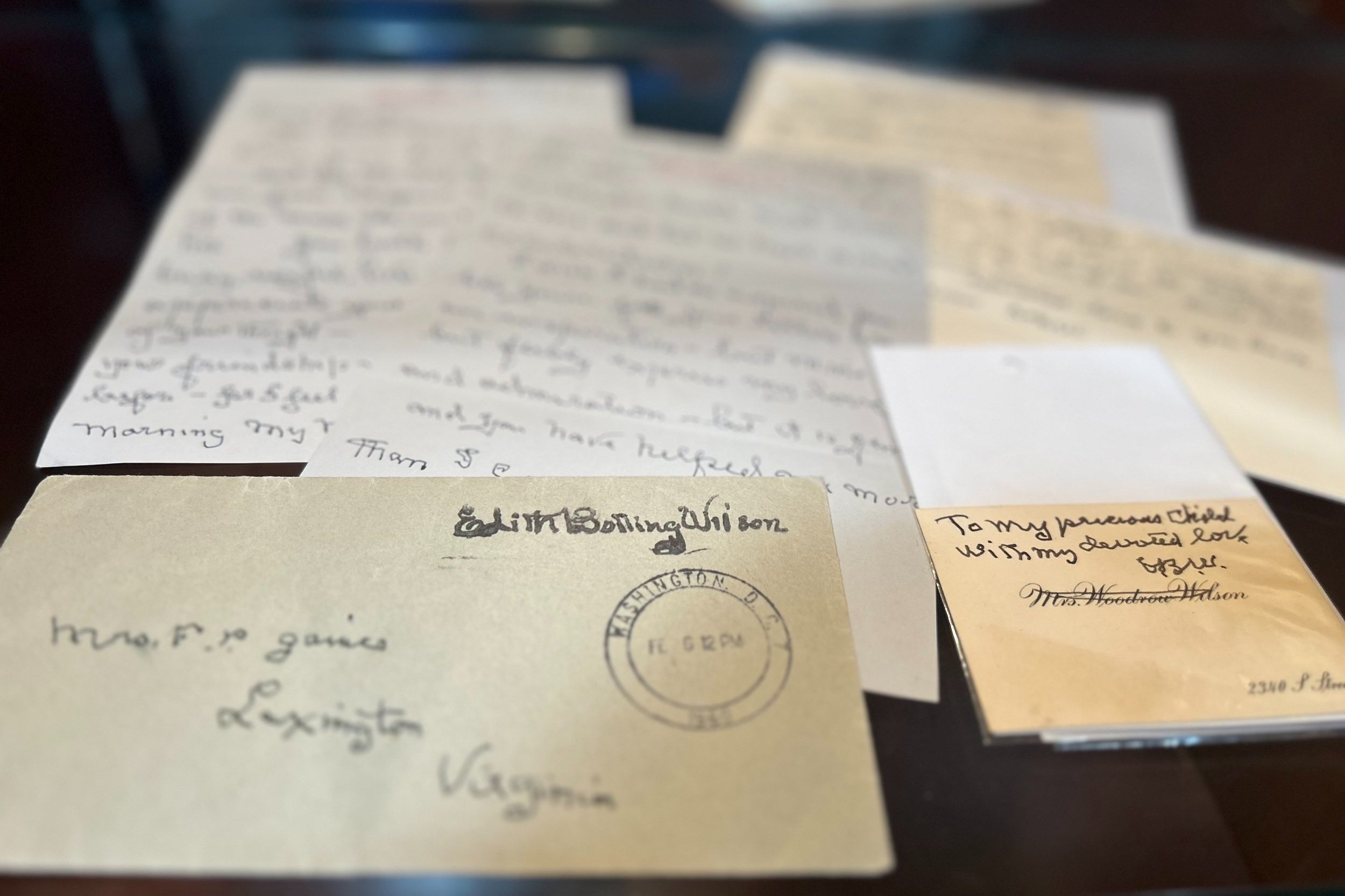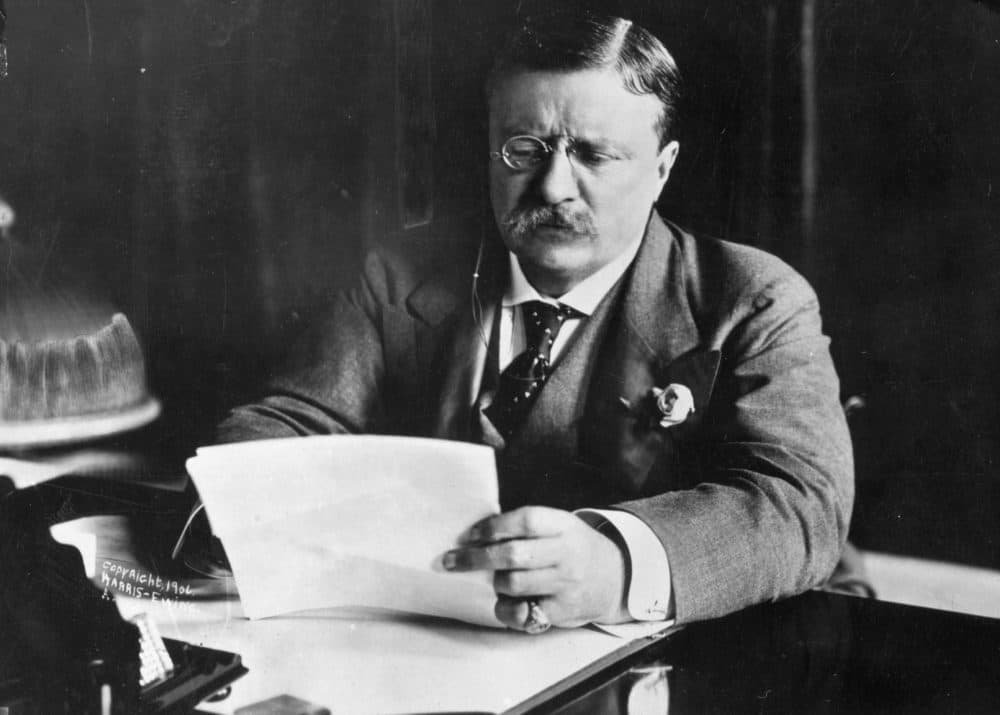In 1961, the Department of the Interior designated Lee Chapel as a National Historic Landmark, the highest rank possible for a historic site in the country. While you may read the full report here, we have attached the “Statement of Significance” below:
Lee Chapel is the resting place of Robert E. Lee, Confederate general and southern educator. Lee commanded the Army of Northern Virginia for nearly the entire course of the American Civil War. Following the final Confederate collapse Lee became president of what was then called Washington College in 1866; Lee Chapel is a monument to that later period. Lee's ceaseless efforts to erase the bitter feelings engendered by the Civil War, and to provide the best education possible for the South's young men, are memorialized here.
Since the 1990s, the historic building has averaged upwards of 40,000 visitors a year.
In 2021, the Board of Trustees of Washington and Lee University approved the following resolution:
Several steps have since been taken in the chapel, including the removal of 20 plaques and 2 paintings, the covering-up of an inscription, and — as of the summer 2023 — completion of a wall. Full coverage of these actions can be found on our website.
The Spectator continues to refer to the site as Lee Chapel, National Historic Landmark — or Lee Chapel, for short — in accordance with its listing on the National Register of Historic Places. W&L officials have stated they do not intend to change the federal designation.
A 3-D tour of Lee Chapel prior to the execution of the June 4, 2021 plan may be accessed here.
(Top photo credit, Mark Ozboyd, 2022)













